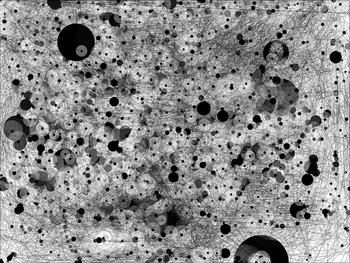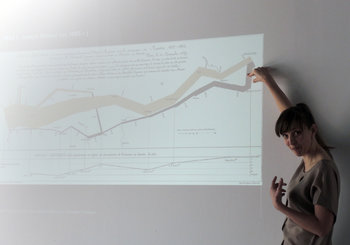
Account names | Address |
Agriculture crop data | Aircraft flight recorders |
Audit logs | Audits |
Billing data | Bills and invoices |
Biographical data | Calculated data - e.g. a customer score |
Census data | Class notes |
Comments | Contact lists |
Credit card transactions | Customer databases |
Customer feedback | DNA data |
Data of birth | Diagrams |
Digital advertising data | Digital books |
Digital newspapers | Digital photographs |
Digital signatures | Digital videos |
Digitized versions of paper documents | Direct messages |
Documents e.g. a word document | Email addresses |
Emails | Emergency call data |
Error reports from a computer or mobile device | Error reports from a smart device |
Experiment data | Facts |
Financial accounting | Financial information e.g. income or account balance |
Financial metrics e.g. price to earnings ratio for a company | Financial transactions |
Fitness tracker data | Flight data |
GPS coordinates | Geographical information systems |
Government budgets | IP addresses |
Id numbers e.g. social security numbers | Ingredient lists for products |
Insurance claims | Job postings |
Journals | Library loan data |
Logs on a computer or mobile device | Maintenance data |
Medical records | Meeting minutes |
Movie box office data | Movie reviews |
Musical recordings | Names |
News | Online shopping history |
Personally identifiable data - any data that can be tied to named person | Phone call logs |
Poll results | Power consumption data |
Press releases | Price lists |
Product databases | Product descriptions on ecommerce |
Product ratings on ecommerce | Product reviews on ecommerce |
Public records | Receipts |
Registration data e.g. vehicle registration | Report cards |
Reports e.g. project status reports | Resumes |
Robot data e.g. position data or sensor readings | Sales data |
Scientific papers | Search history |
Seismographic network data i.e. earthquake recording data | Sensor readings |
Social media following or friend lists | Social media likes |
Social media posts | Sports statistics |
Stock data e.g. price history | Streaming media |
Streaming media viewing history | Streaming music |
Student exams, tests and papers | Student grades |
Student records | Surveillance video |
Survey results | Tax filings |
Traffic data | Transaction databases |
User interaction data e.g. how you move your mouse | Vehicle data |
Video game data | Visitor data e.g. for a theme park |
Voice recordings | Weather data |
Web browser history | Webpages |
Wildlife tracking data |







































